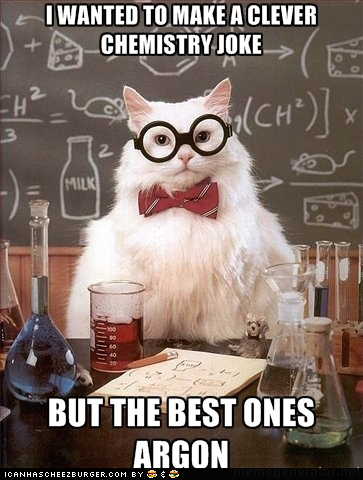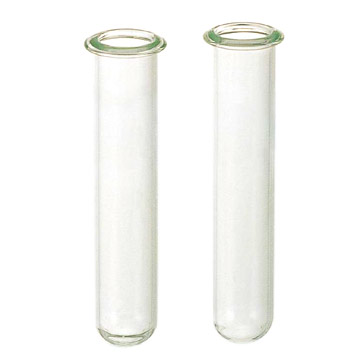Recall:
- solution = a homogenous mixture where one substance is dissolved in another
- solvent = larger quantity; dissolves the solute
- solute = smaller quanitity; it's the amount of solute being dissolved in a certain amount of solution

Why do we need to know molarity?
ANSWER: To compare the amount of solute dissolved in a certain volume of solution!
"Molar Concentration" (aka molarity) is the number of moles of a solute in 1 litre of solution
- measures the concentration of solute in the solution
- "M" is the symbol we use to represent molarity
- "mol/L" is the unit
There are 3 different formulas (but as long as you know one, you can find the others):
1) MOLARITY = Moles/Litres
2) LITRES = Moles/ Molarity
3) MOLES = Molarity x Litres
Let's see some examples!
1) Calculate the MOLARITY of a 1.5 L solution that contains 0.24 moles of HCL.
Formula: M = mol/L
M = 0.24mol/1.5L
M = 0.16M of HCL
2) Calculate the concentration of 60 mL solution that contains 0.075 moles of NH4Cl.
Formulas: M = mol/L
M = 0.075mol/(0.060L)
M = 1 M
3) What is the mass of solute for 125mL of 0.25 M Ba(NO3)2?
Formula: mol = L x M
mol = 125mL x 1L/1000mL = 0.125 L
mol = 0.125L x 0.25 M
mol = 0.03125 mol Ba(No3)2
0.031 mol x 261.3g of Ba(NO3)2/ 1mol = 8.2g of Ba(NO3)2
4) What volume in ml of a 0.25 mol/L NaOH solution is needed for 0.050mol of NaOH?
Formula: L = mol/M
L = 0.050mol/0.25M
L = 0.20 L x 1000 = 2.0 x 10^2 mL
Here is an informative video on molarity to further educate you guys!








































